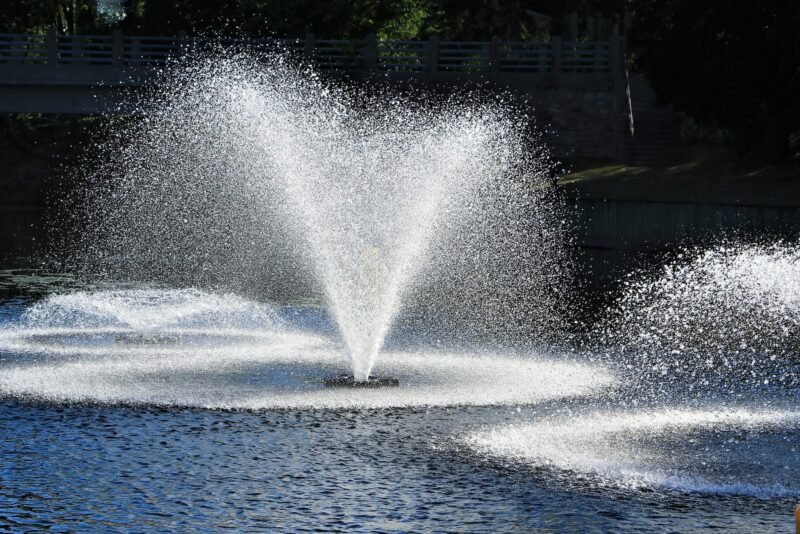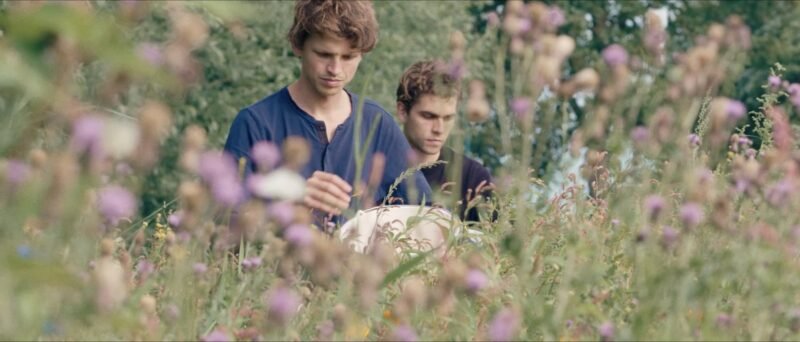Rethinking Weeds in the City With Karel Hendriks
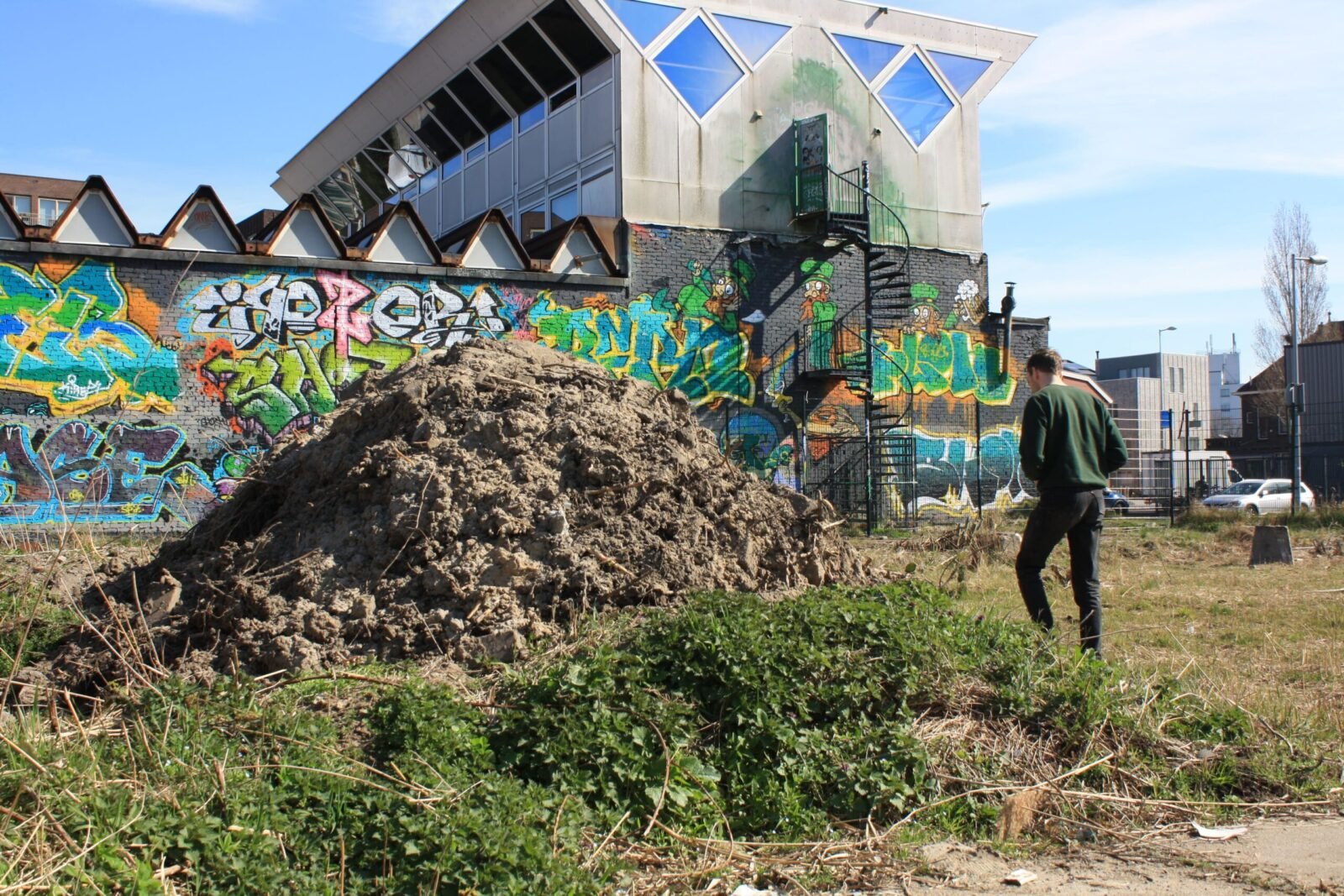
We spoke to musician, biologist and plant enthusiast Karel Hendriks while taking a stroll around the local neighbourhood in Amsterdam North to investigate some of the city’s urban wastelands, rethinking how we could look at weeds in the city.
We, humans, have a thorny relationship with weeds — these plants pop up magically, where we don’t want them, and where we didn’t ask them to. We toil hard to remove them, using harsh chemicals or spend an endless amount of time manually plucking them from the ground. But where others see weeds as an eyesore, something to be tamed and erased from the landscape, Karel simply sees nature doing its thing. In fact, he wants us to abandon the concept of ‘weeds’ altogether. “It’s just about the way that people look at these plants — they see them as weeds. But you don’t have to look at it that way. It’s just a cultural idea of which plants are important and which are not.” Indeed, whether or not a plant is in fact a ‘weed’ is not a biological fact, but rather an opinion: a weed is a plant that is considered undesirable in a particular situation, a plant growing in the wrong place at the wrong time.
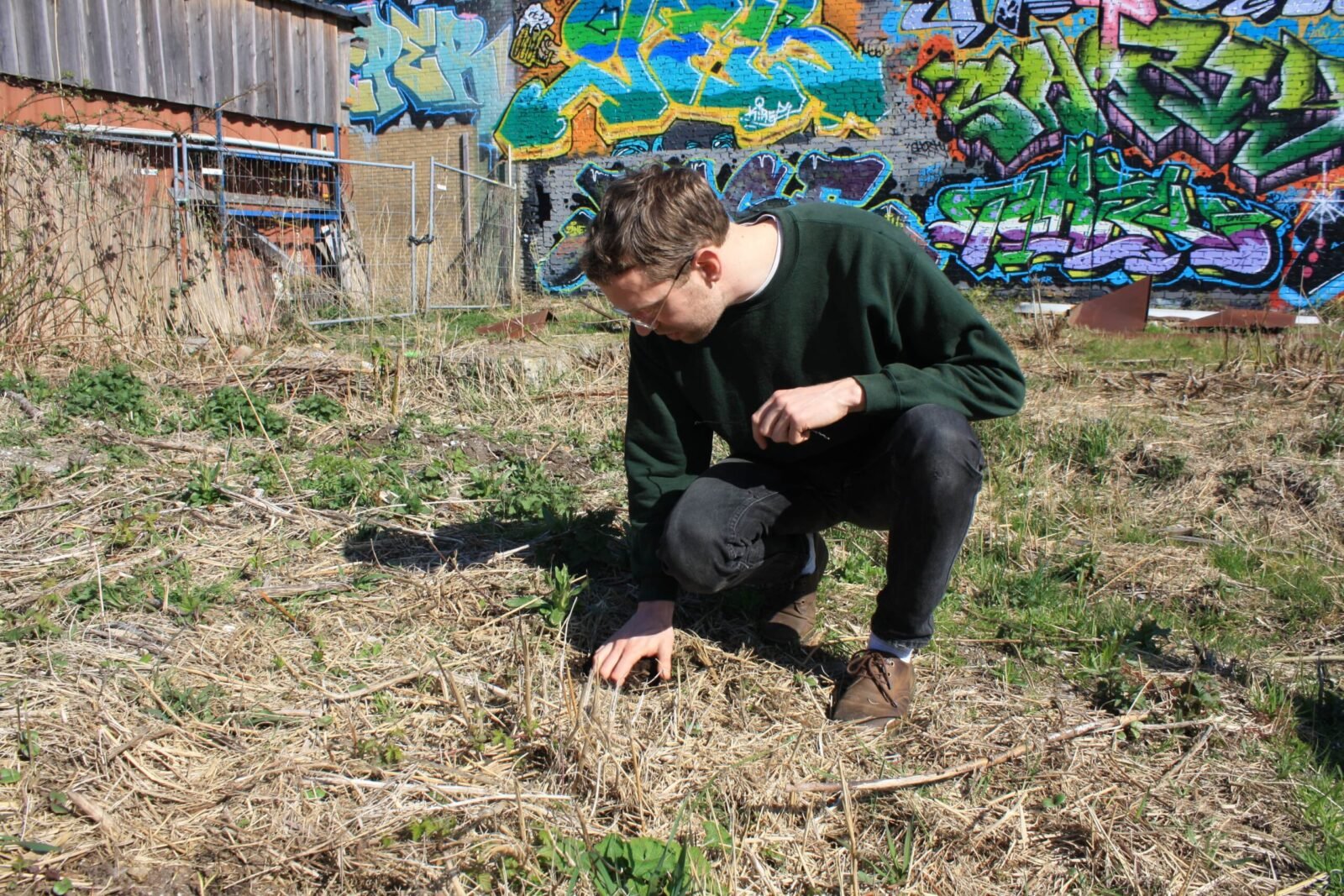
Weeds are often perceived as an enemy of cultivated plants — plants that humans have decided should grow in a particular location, according to arbitrary desires largely dictated by plant beauty standards. It is true that weeds can take over considerable space in our gardens, competing for water and sunny spots. They are hugely competitive, resilient and scarcely obey any gardener who is trying to control them. They are, in many ways, too much of a successful species for our liking, being almost perfectly adapted to their environment. But far from popping up for no reason or just to spite us, weeds play a number of vital ecological roles in soil landscapes.
“I think the more you know about these plants, the more interesting they become“
Karel Hendriks
In the natural world, there is no such thing as a ‘weed’, each plant has its own specific role to play in the ecosystem. Karel emphasised that “if you leave nature alone, it will create a nice balance” — in fact, weeds represent nature’s secret tool of restoring balance to unhealthy soil environments and nurturing biodiversity. A lot of these so-called weeds are actually pioneer species: hardy species that are happy to take root in barren or degraded environments and kick-start the process of ecosystem restoration. Weeds, therefore, pop up when soil conditions are unbalanced and in need of repair. They work on restoring this balance and pave the way for less hardy plant species to take root and grow.
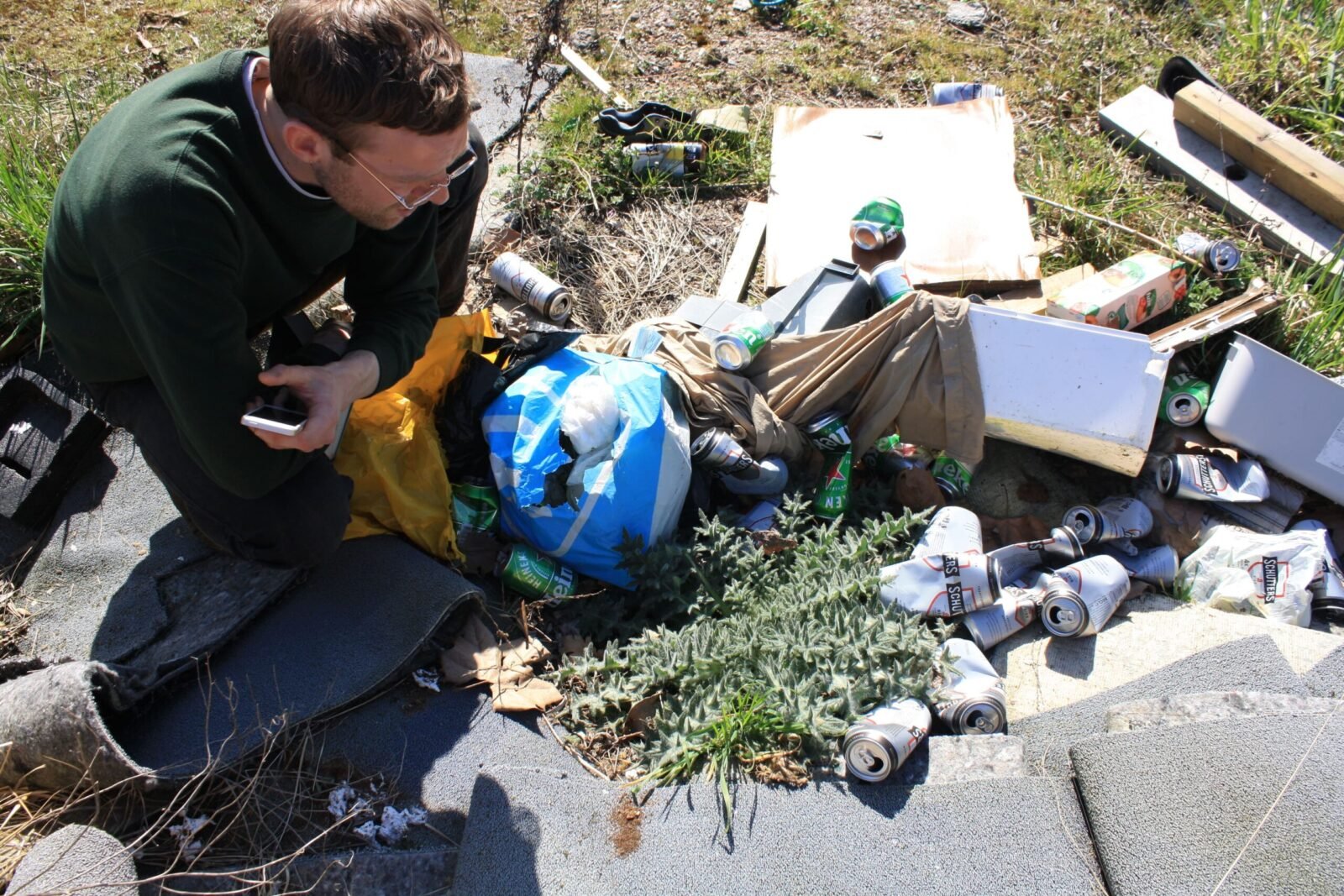
Prevent Soil Erosion
Barren ground is easily eroded. Weeds enter to cover the exposed soil and protect it from the wind and rain. Weeds with hairnet roots or clumping tendencies, such as ground ivy, form an anchor network deep in the ground that prevents erosion.
Restore Nutrients
Weeds often emerge where the nutritional profile of soil is off-balance, and start work on restoring it. Dynamic accumulators, for example, are a type of weed that have deep-tapping roots. These species mine nutrients trapped deep in the soil. When these pioneer species decay into the soil at the end of the growing season, the nutrients are left on the surface. In this way, plants with shallow roots are able to access nutrients and thrive too. These deep roots are incredibly powerful and great for breaking through hard soils, thus paving the way for plants with weaker roots to follow. It’s a beautiful tale: land lies barren and empty, devoid of nutrients and perhaps polluted by industry. A resilient so-called weed species make this space their home, digging their roots deep and restoring balance to the soil, paving the way for a multitude of species to develop in the future.

Indicate Soil Composition and Quality
Determining which plants will do well in a particular soil environment is a pickle for gardeners and farmers alike. Weeds are a natural indicator of soil composition and quality — “the types of plants that are growing tell us a lot about the soil: the minerals, the acidity and the overall quality of the land.” Despite being hardy plants, weeds also have preferences when it comes to the composition of the soil they root in. The presence of different weeds can therefore tell you about the conditions of the soil below and which crops or ornamental plants would flourish here. The presence of dandelions and stinging nettles, for example, suggests high acidity, the right conditions for blueberries, rhubarb and potatoes to thrive. Rather than desperately fussing over getting the right soil composition and pH balance to grow certain plants, growers can work with the weeds to cultivate a plant patch that works best with the existing conditions.
Encourage Biodiversity
Leaving land to weeds and letting pioneer species do their thing is the first step of nurturing biodiversity in an area. The neat grassy lawns that many of us strive towards are monocultures, antithetical to biodiversity cultivation. Constantly erasing the weeds that pop up within these lawns only exacerbates the negative environmental impact of these monocultures. Weeds allow for diverse plant life to thrive, and a diverse ecological system is a resilient and sustainable ecosystem. “Once you have a variety of plants, this can have an impact on the insect population and the insects can then have an impact on the birds, and so on.” These pioneer species can therefore cause a chain reaction that travels up the food chain — a bunch of pioneering weed species left alone can become a lush forest.
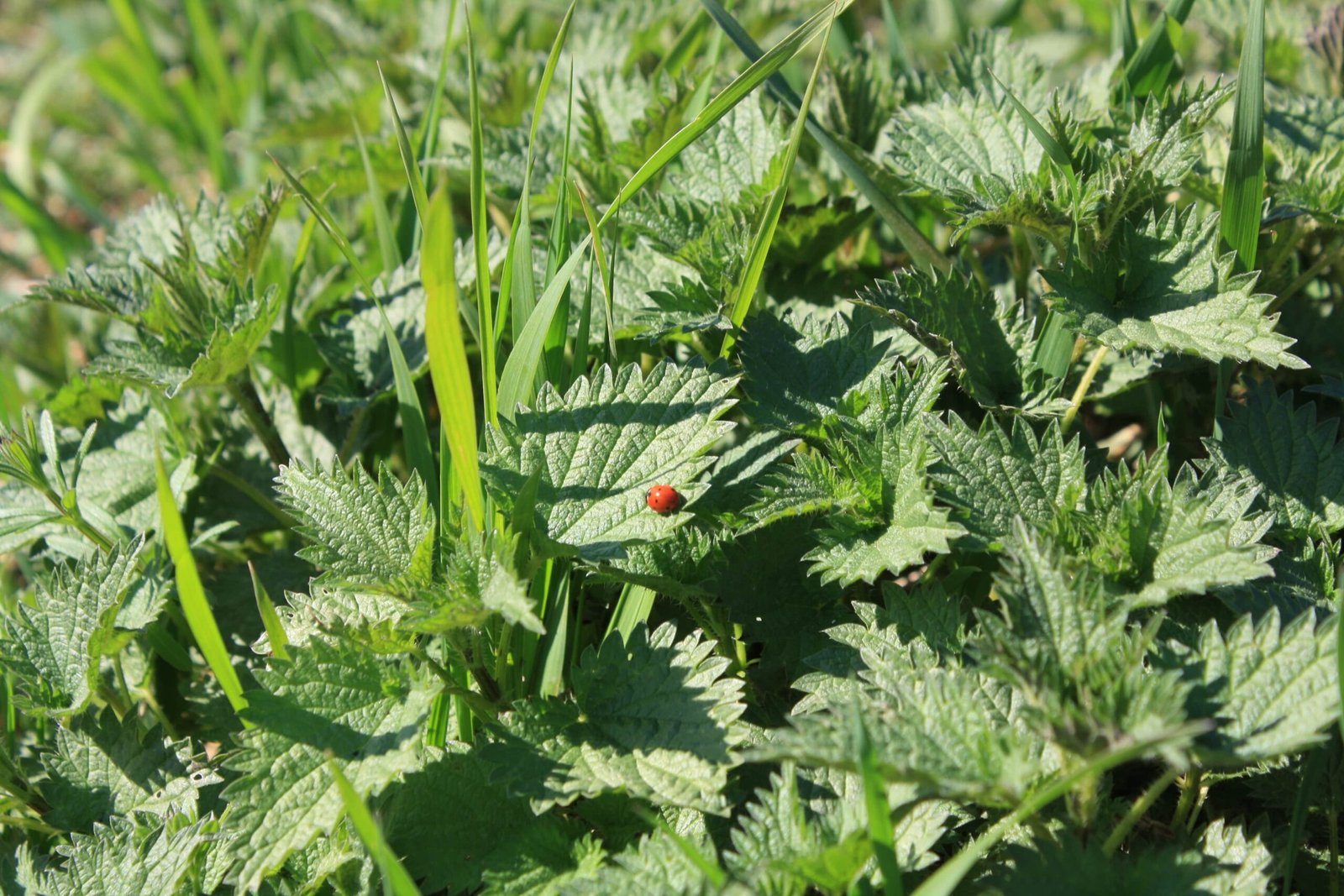

Weeds Are Edible
Weeds not only nurture biodiversity, but they can nourish us, humans, too. A surprising number of these so-called weed species are actually edible and full of nutrients. We are increasingly disconnected from our food sources. We buy pre-packaged foodstuff from the supermarket and don’t give much thought as to where it came from, or how we could possibly manage to feed ourselves if the supermarket didn’t exist. We rarely consider that the plants that live among us in cities could actually season our salads and stuff our sandwiches. Many common weeds such as dandelions, purslane and cress are packed nutrients and make a tasty accompaniment to many dishes. “I think once you see that you can do this stuff with them, they gain a totally different value. Once you realise ‘oh this is an edible plant’, it’s gonna be interesting to make lemonade with it or put it in a salad’ it gets a totally different meaning.”
At the end of the day, it will be a hard fight to convince every gardener to surrender their garden to the weeds, but we have plenty of space in our cities to let these weeds grow. Why is it then that here in the Netherlands, we feel the need to de-weed even our derelict sites and urban ‘wastelands’, wonders Karel. The cultural urge to control nature runs deep.
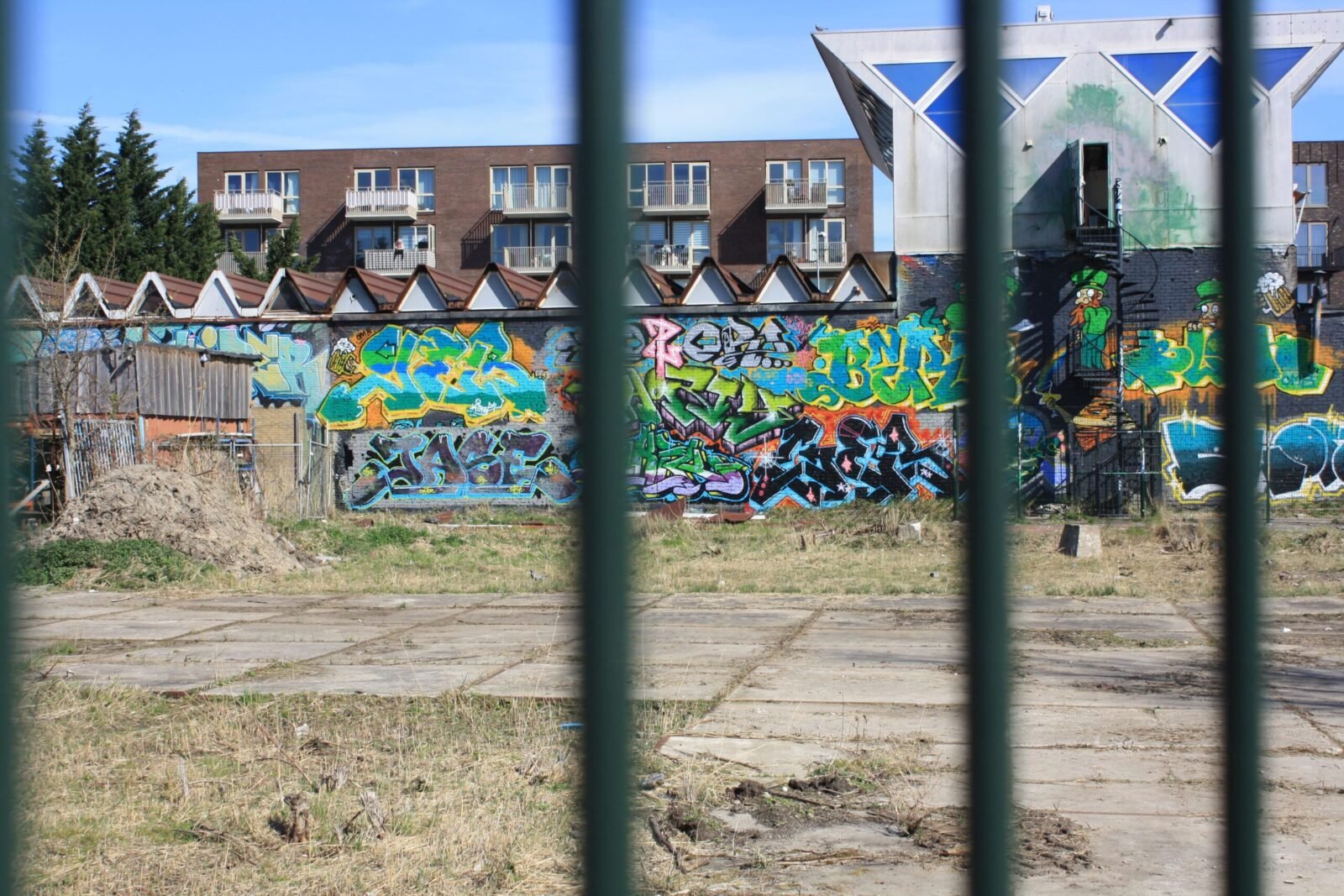
Couldn’t these spaces provide the perfect environment for these pioneer species to thrive and start restoring the landscape? A place without cultivation and control, a place where no human decides what is beautiful, and therefore valid, and what is not. Rather a place where nature takes the reins, and humans sit back, watch and learn. “These spaces could show us what happens if we’re not so rigid with our control of space. Maybe now we can look at nature in another way, get up close to it and see what nature can tell us.”
